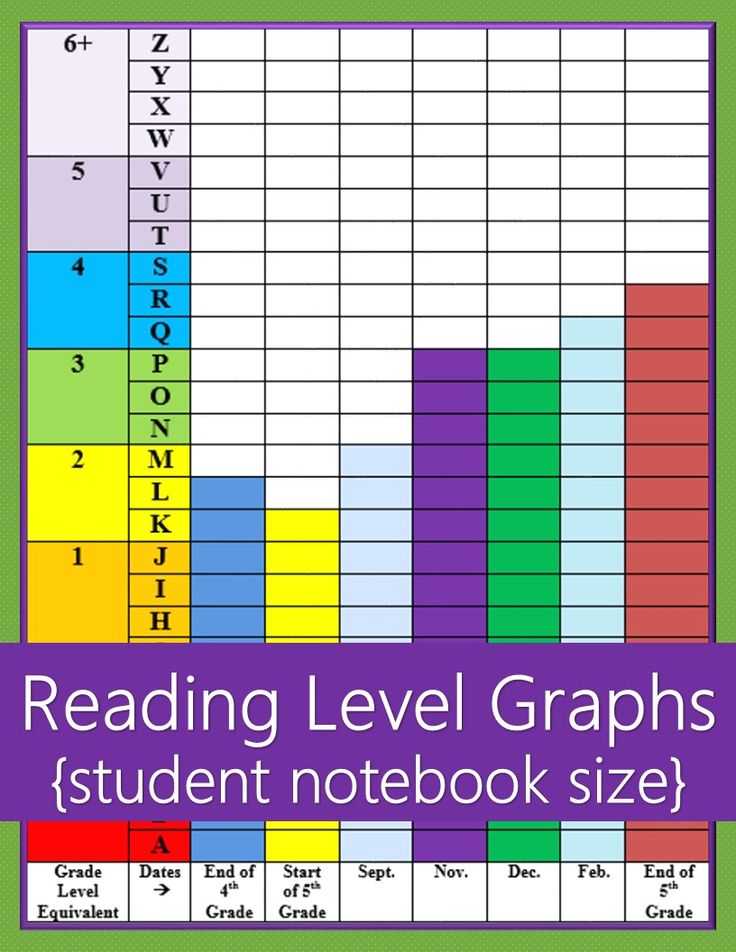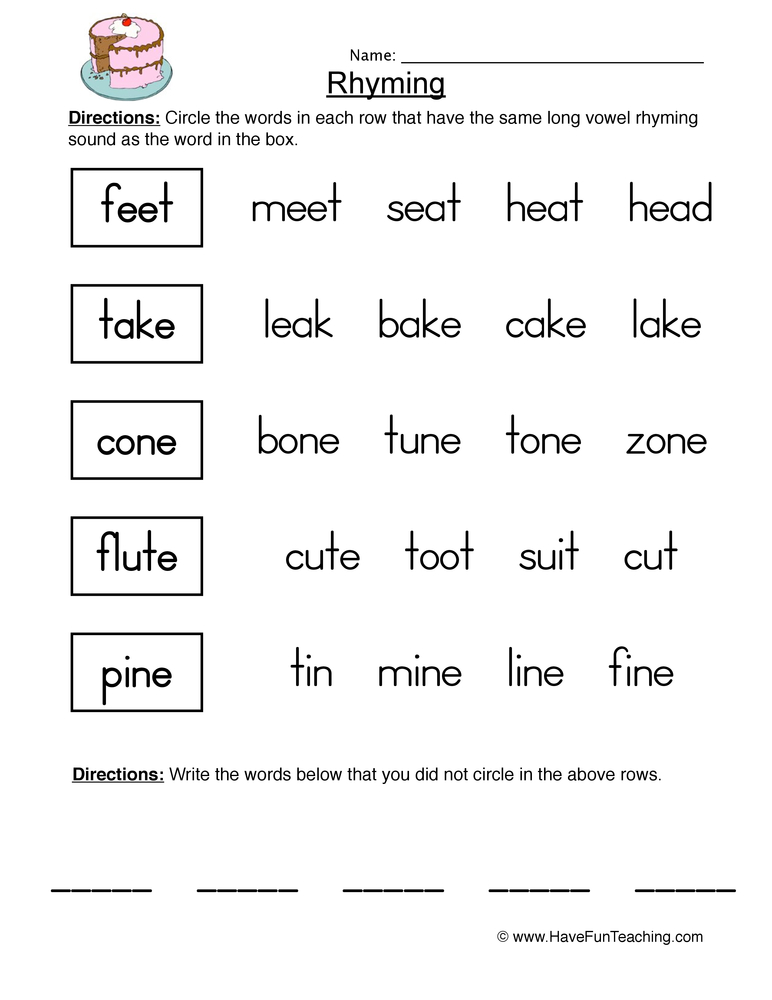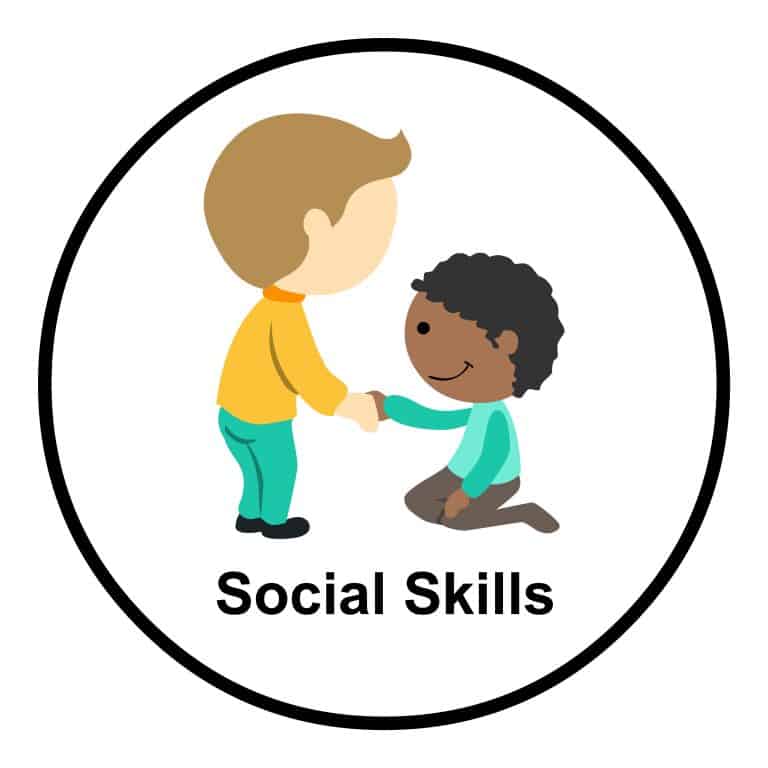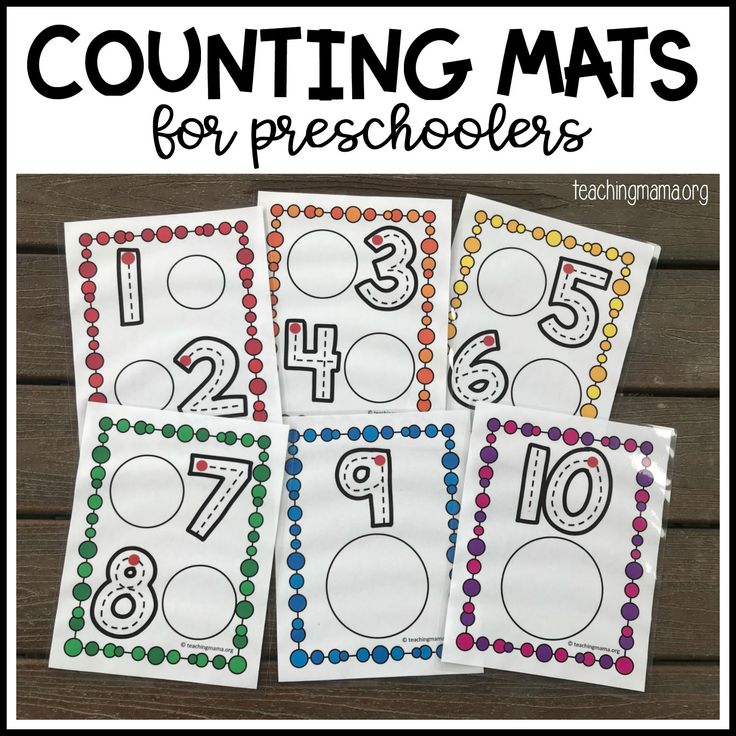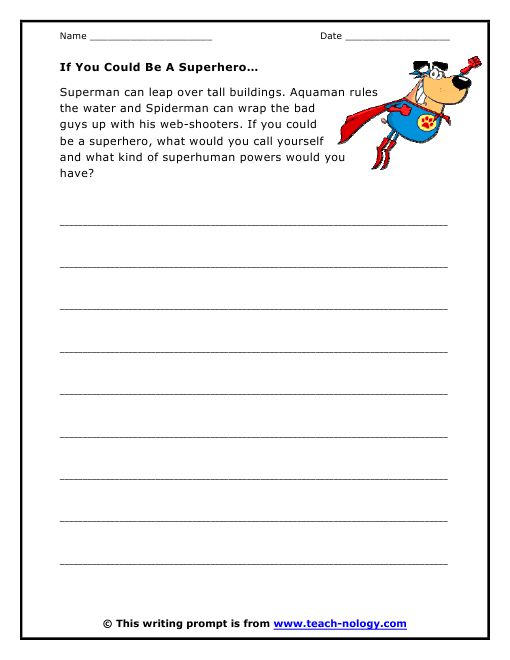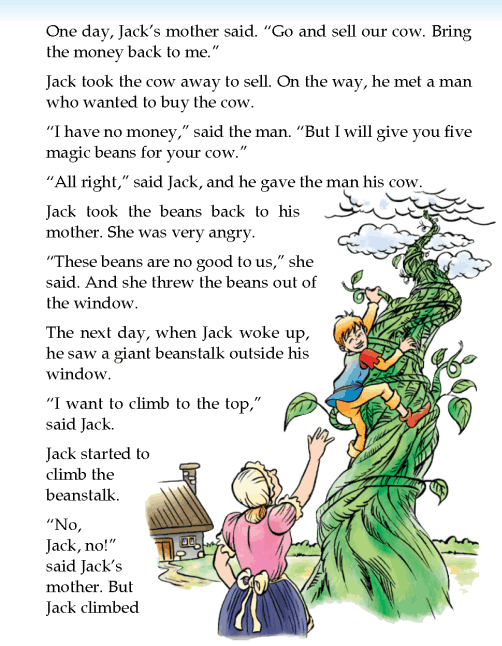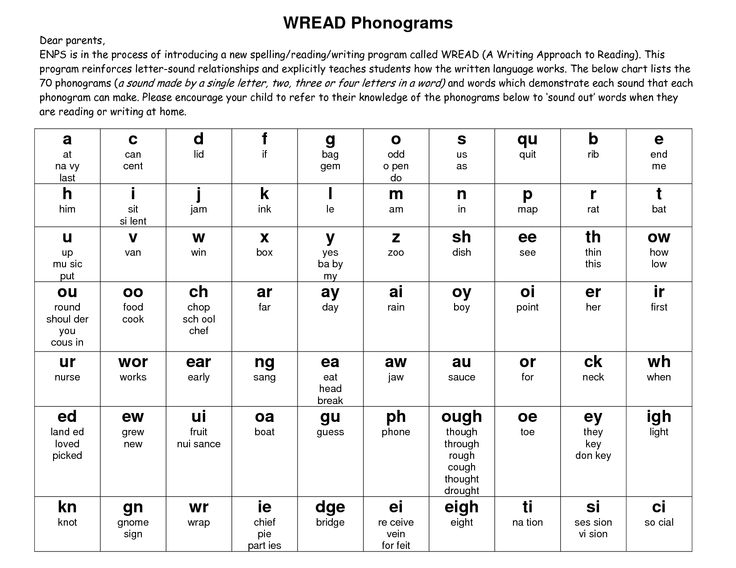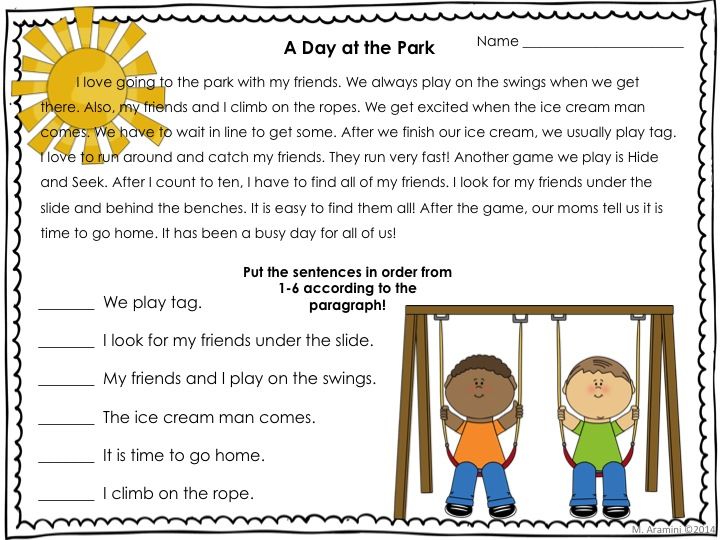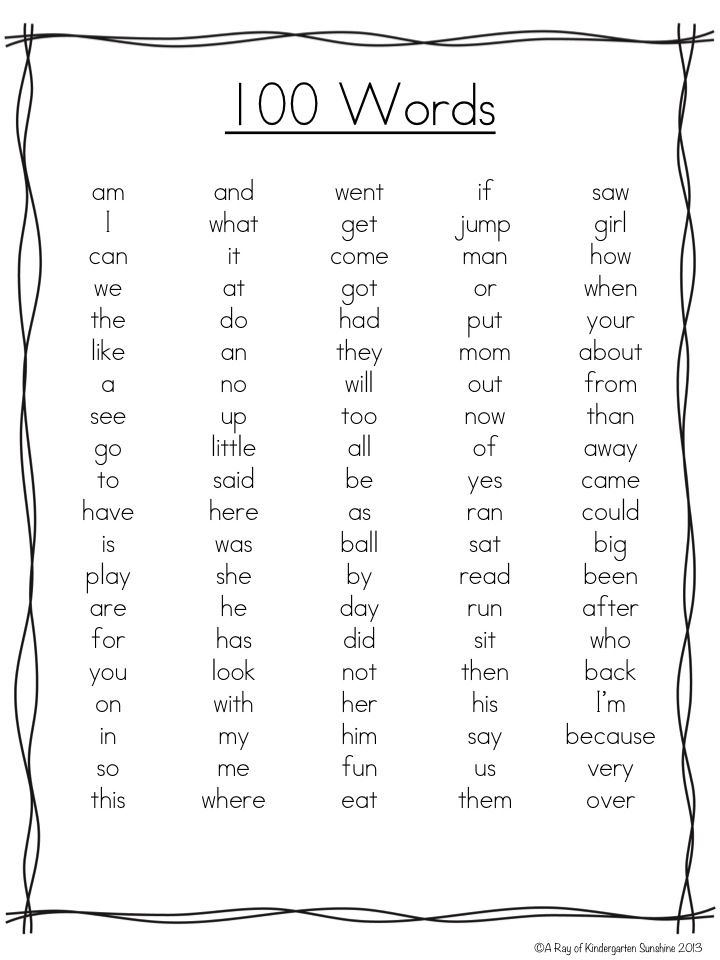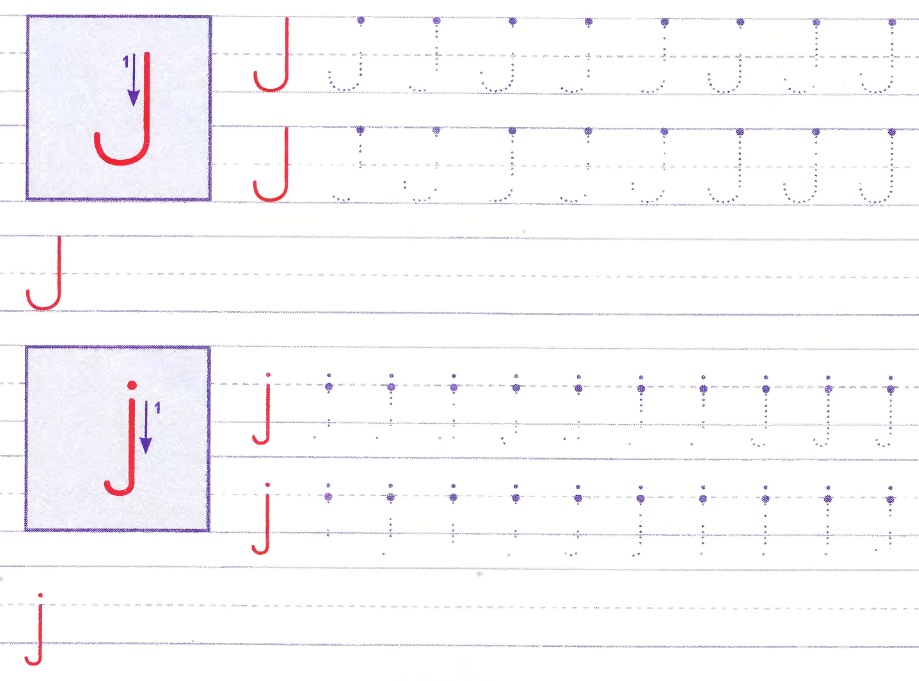Reading levels by age
What's their reading level?
What's their reading level?Product
Reader Level
Survey
Terms
Checkout
Tell us about your young reader. Books are organized by color-coded reading levels reflective of age, and grade. You can change the reading level or gender options anytime so your subscription can grow with your child just login into your account.
Read Aloud: Age 0-3 (Level 0)
Short, simple words and sentences, Repetitive vocabulary, and full-color illustrations for pre-readers who are new to books. A mix of board books, paperback & hardcover editions.
$19.95 - $199.95
Read Along: Age 3-5 (Level 1)
Short sentences, repetitive vocabulary, and simple concepts for your child to learn how to read with a little help.
A mix of paperback & hardcover editions.
$19.95 - $199.95
Read With Help: Age 5-7 (Level 2)
Engaging stories, longer sentences, and less repetitive vocabulary increased wordplay for developing readers who still need some help. A mix of paperback & hardcover editions.
$19.95 - $199.95
Read Alone: Age 7-9 (Level 3)
More complex stories, challenging vocabulary, and engaging plots for the solo reader. A mix of paperback & hardcover editions.
$19.95 - $199.95
Read Advanced & Chapter Books For Tweens: Age 9-12 (Level 4)
Advance plots and vocabulary with short paragraphs and/or short chapters based on exciting themes to bridge the gap full chapter books. A mix of exciting fiction and non-fiction chapter books, how-to guides, graphic novels to keep things interesting.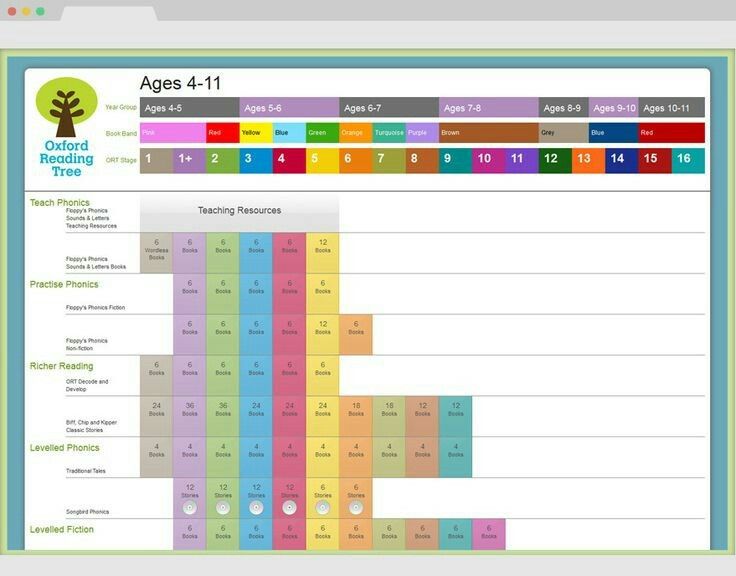
$19.95 - $199.95
What Customers Are Saying
"Impressive selection of books received. My grandson loves them all. Thank you!"
Kids Read Dialy Member Benefits
+ Each book is yours to keep forever
+ FREE SHIPPING
+ Books personalized to match your young reader
+Beautifully illustrated books in full color,
+ Books are large fonts high-quality paperback editions.
+Exclusive Amazon best selling books and #1 new releases.
+ Save up to 25% off Amazon list prices.
+Convenient monthly delivery to your door.
+Change reader level anytime so your membership grows with your child.
+No hassle cancelation policy
Choose Your Reader Level
Past Books
Fiction, coding, and comics for tween boys
Fiction and non-fiction for level three readers
Empowering heroine stories for tween girls
Chat with us, powered by LiveChatUnderstand the Right Reading Level by Age
It’s crucial to pick the right level of reading for your child because children of different ages have varying reading requirements.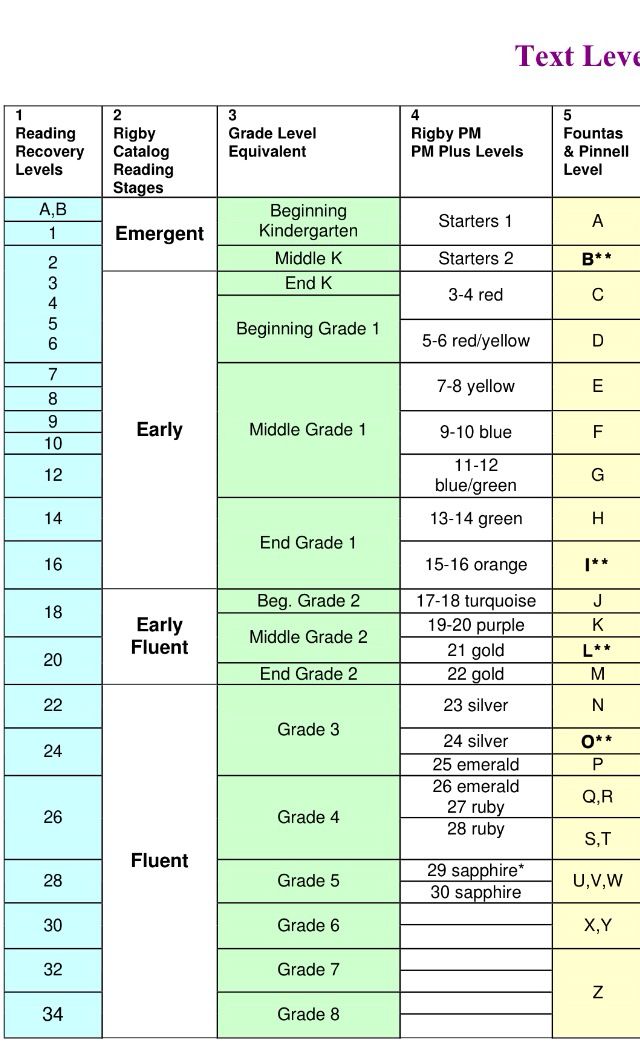 To find the right level for your kid, you’ll need to know their grade level and specific reading ability. Here is how to fine-tune your child’s reading level by age and maturity.
To find the right level for your kid, you’ll need to know their grade level and specific reading ability. Here is how to fine-tune your child’s reading level by age and maturity.
What Is a Reading Level?
Reading levels are a thorough method for matching your child’s reading ability with books they can effectively read and comprehend. It is a reliable indicator of a child’s reading development. Your little one is more likely to enjoy reading if they read books that are predominantly at or just above their identified level.
The Reading scale is an education system that helps to assign books, articles, and other material to a specific grade level student. It has two parts: the grade and the number.
The grade represents any level from K, K-2, 3, 4, 5, and more. And the number means how many levels of reading there are in each grade.
Why Are These Levels of Reading Important?
These levels are a way to gauge a student’s degree of decoding and comprehension.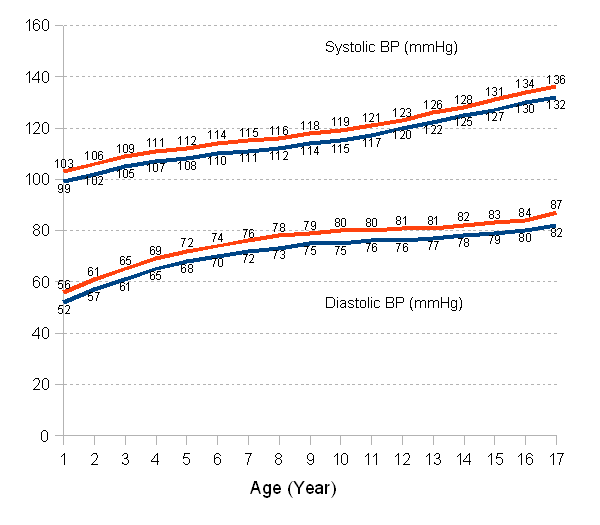 This is important because they provide a way for parents and teachers to determine appropriate reading for their students.
This is important because they provide a way for parents and teachers to determine appropriate reading for their students.
When young reader attempts to read a book that is beyond their level of proficiency, they may conclude that reading is too difficult. And this dissatisfaction may lead to a general aversion to reading and literature.
Therefore, understanding the level of reading is vital to your child’s language learning and comprehension.
Photo by Josh Applegate on UnsplashUnderstand the Right Reading Level by Age
Children go through each stage of development at a different rate and for varying lengths of time. It is helpful to get advice from a child’s teacher or another reliable adult to determine the appropriate level of reading.
You must support your little reader in the development stage and make reading easy for them. To determine if your kid is reading at the right level, you must understand the reading level by age to help them at home.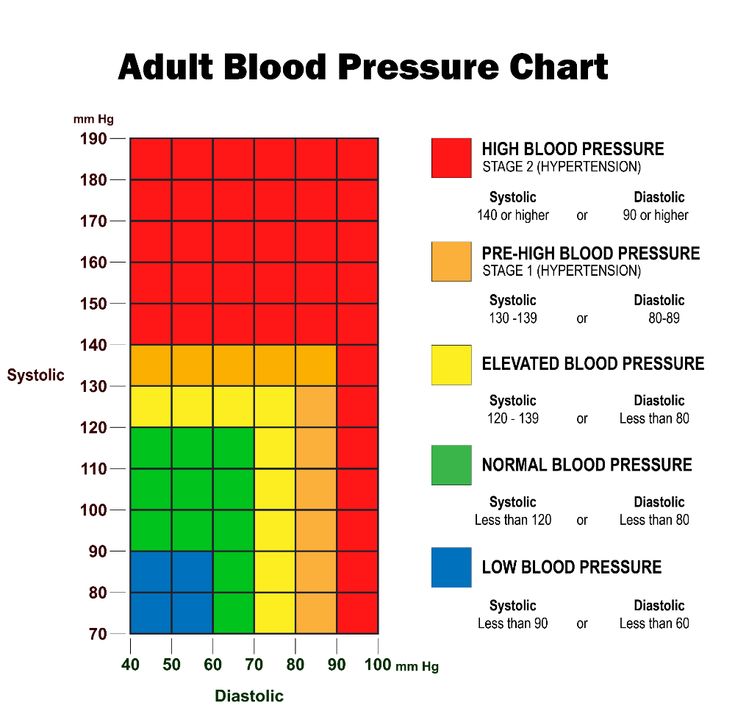
Infancy: Below Age 1
Infants start to understand that sounds and gestures convey meaning. Additionally, you’ll notice that they respond when spoken to, and you can direct them to specific people or objects.
They start to vocalize and pat pictures in response to stories and photos. This is the time when these little kids are not readers yet but are learning the concept of language.
Toddlers: Ages 1–3
Typically, toddlers start identifying objects and responding to questions like “Where’s the boy?” regarding characters in books. They can name familiar images and point to named objects.
These children will be found scribbling on papers and finishing sentences they are familiar with. They are also familiar with book titles and can recognize them by the image on the cover. Toddlers usually have a favorite book that they ask to be read repeatedly.
Early Preschool: Age 3
Early preschoolers are children that are 3 years old. They can listen to longer stories out loud and independently explore books.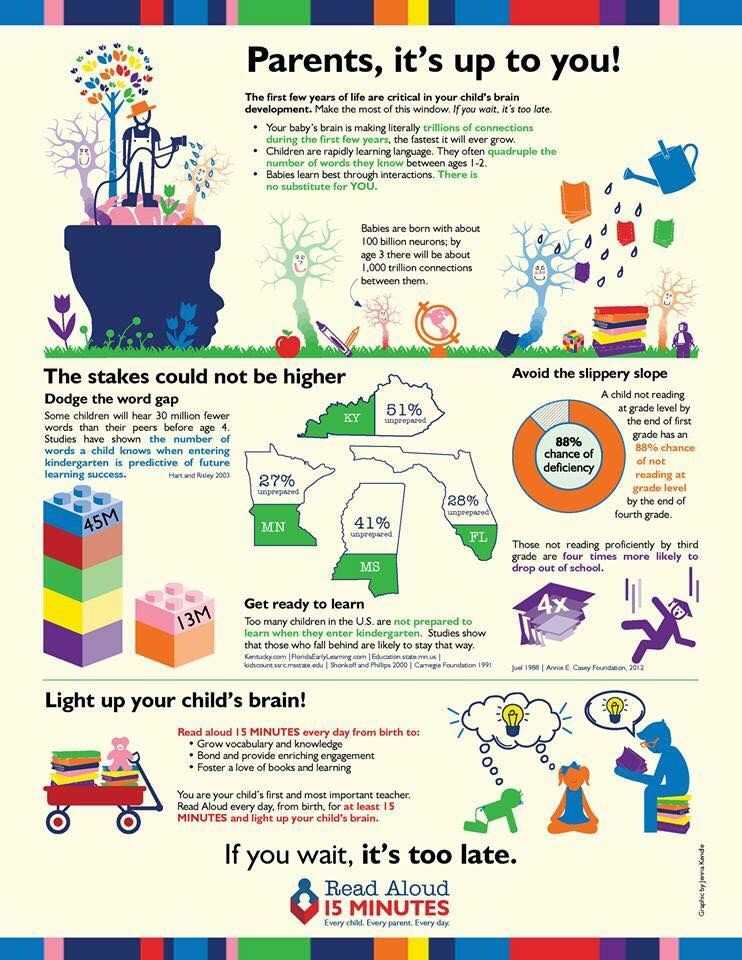 You may also encourage kids to sing the alphabet song with prompts and cues.
You may also encourage kids to sing the alphabet song with prompts and cues.
They start to recognize the first letter in their name and understand that creating a picture and writing are two separate things. Additionally, you’ll notice that they mimic the act of reading aloud from a book.
Late Preschool (Age 4)
Late preschoolers understand words that rhyme and identify familiar signs and labels in a book or other objects. They can recognize some alphabets and compose their names.
At this age, they can recognize the starting letters of words and match letters to their sounds. They start to comprehend syllables and try developing terms using familiar letters. They are also aware that print is read top to bottom, from left to right.
Kindergarten (Age 5)
Students in kindergarten can match certain spoken and written words in a book and form rhymes. These kids can distinguish between the beginning, end, and medial sounds in short words.
They should be able to recognize and control progressively smaller speech sounds.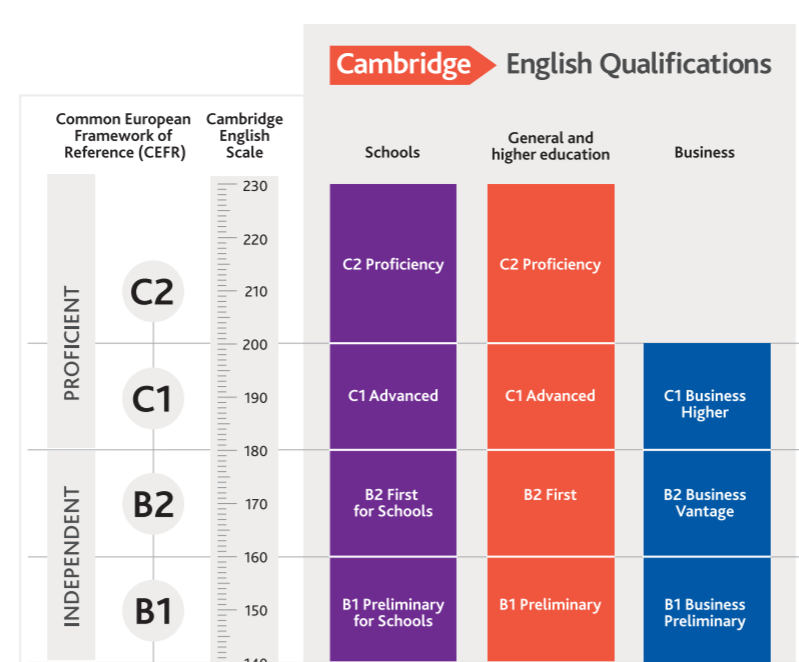 They can read straightforward terms both alone and in context. Kindergartners can recall the main idea, remember details, and order events.
They can read straightforward terms both alone and in context. Kindergartners can recall the main idea, remember details, and order events.
First and Second Grade (Ages 6–7)
First and second-grade students are between 6-7 years old. You can expect them to read stories and decode familiar terms. Moreover, they can use pictures and context to help pronounce or decode unfamiliar words.
You can guide them to some general usage of punctuations and capitalization. They will correct themselves as they read aloud if they pronounce something incorrectly. They also begin to organize details from start to the end logically.
Second and Third Grade (Ages 7–8)
Children aged 7 or 8 are usually in the second and third grades. They read aloud longer books independently with proper emphasis and expression.
They also begin to comprehend paragraph concepts and apply appropriate punctuation. These children can use the new words and expressions learned and understand the humor in story books. These young readers acquire the skill of revising their work as they develop and present the content of their stories.
These young readers acquire the skill of revising their work as they develop and present the content of their stories.
Fourth Through Eighth Grade (Ages 9–13)
Comparatively speaking, these students struggle less with reading multiple genres of material, such as poetry, biography, and fiction. They begin to explore narrative, argumentative, and descriptive essays.
They can extract precise information from books and comprehend how various objects relate to one another. These children gain knowledge of literary devices like metaphors and similes.
Conclusion
Each child has unique intellectual requirements. Therefore, what one child needs to learn won’t be the same as what another child requires.
The answer to determining the level of reading for a child is to first identify what a child’s current developmental level is. This article lists the reading level by age and explains the reading comprehension required from each grade level.
Reading technique.
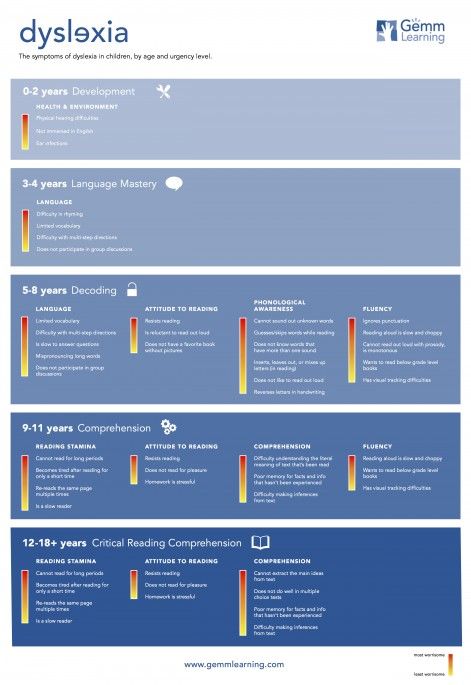 Norms 1-4 class.
Norms 1-4 class. Since many parents stubbornly refuse to understand what is the point of testing reading technique in elementary school (grades 1-4), I give up and publish reading norms. At the same time, I ask you to carefully read not only the quantitative norm of words per minute, but also my explanations both in the table and below it.
Reading Speed Standards Grade 1-4
→ Number of words may vary slightly depending on curriculum. Increased rates are given in parentheses.
→ Grade 1: no mark given, student “passed” or “failed”. In the first half of the year, the reading technique may not be carried out.
| Grade | at the end of the first half of the year | at the end of the second half of the year |
| 1 class | at least 10 - 15 (20 - 25) wpm | 2 -> less than 15 (25) wpm by 3 -> 15-19 (25-34) words by 4 -> 20-24 (35-40) words by 5 -> from 25 (41) words |
| 2 cl. | by 2 -> less than 25 (40) words per minute by 3 -> 25-29 (40-48) words by 4 -> 30-34 (49-54) words by 5 -> from 35 ( 55) words | 2 -> less than 40 (50) words per minute 3 -> 40-44 (50-58) words 4 words -> 45-49(59-64) words by 5 -> from 50 (65) words |
| 3 cl. | by 2 -> less than 40 (55) words per minute by 3 -> 40-49 (55-64) words by 4 -> 50-59 (65-69) words by 5 -> from 60 (70) ) words | by 2 -> less than 65 (70) words per minute by 3 -> 65-69 (70-79) words by 4 -> 70-74 (80-84) words by 5 -> from 75 (85) ) words |
| 4 class | by 2 -> less than 65 (85) words per minute by 3 -> 65-74 (85-99) words by 4 -> 75-84 (100-114) words by 5 -> from 85 (115) ) words | by 2 -> less than 70 (100) words per minute by 3 -> 70-88 (100-115) words by 4 -> 89-94 (116-124) words by 5 -> from 95 (125) words |
Other reading parameters 1-4 class
| Grade | at the end of the first half of the year | at the end of the second half of the year |
| 1 class | Conscious, correct reading, simple words are read as a word. Words with a complex syllabic structure can be read syllable by syllable. Words with a complex syllabic structure can be read syllable by syllable. | |
| 2 cl. | Reading consciously, correctly, in whole words. Compliance with logical stresses. Words of a complex syllabic structure can be read syllable by syllable. | Reading consciously, correctly, in whole words. With observance of logical stresses, pauses and intonations. Syllabic reading is undesirable. |
| 3 cl. | Reading consciously, correctly, in whole words. With observance of pauses and intonations, through which the student expresses understanding of the meaning of what is being read. | Reading consciously, correctly, in whole words. With observance of pauses and intonations, through which the student expresses understanding of the meaning of what is being read. |
| 4 cl. | Reading consciously, correctly, in whole words. With observance of pauses and intonations, through which the student expresses an understanding of the meaning of what is read, and his attitude to the content of what is read. With observance of pauses and intonations, through which the student expresses an understanding of the meaning of what is read, and his attitude to the content of what is read. | Reading consciously, correctly, in whole words. With observance of pauses and intonations, through which the student expresses an understanding of the meaning of what is read, and his attitude to the content of what is read. |
Criteria when setting an assessment for reading technique:
- Reading by syllables or word completely,
- Availability of errors when reading,
- number of words per minute,
- expression,
- awareness.
can be clicked to enlarge
As you can see, the number of words read is not decisive.
That is, parents need to understand that such a concept as reading speed is only one of the criteria for determining the level of reading technology . way of reading is checked : the child reads by syllables or the word is read by him smoothly, in its entirety. It is mandatory to check reading comprehension , in other words, whether the student understands what he has read or not. To do this, after reading, a question can be asked about the text, most often “What did you just read about?” and requires a simple answer (a detailed retelling is not needed 😉)
way of reading is checked : the child reads by syllables or the word is read by him smoothly, in its entirety. It is mandatory to check reading comprehension , in other words, whether the student understands what he has read or not. To do this, after reading, a question can be asked about the text, most often “What did you just read about?” and requires a simple answer (a detailed retelling is not needed 😉)
The expressiveness of reading, the presence of errors and / or stammers are also taken into account. Sometimes there is a return to re-reading the previous word, this indicates a lack of awareness and is considered a mistake.
It should also be taken into account that the standards for the speed (rate) of reading may differ depending on the educational institution, the requirements for a student of a gymnasium will be higher, for a student of a correctional class - lower.
The frequency of checking reading technique in elementary school is usually 2 times a year: the end of the first half of the year and the end of the second half of the year.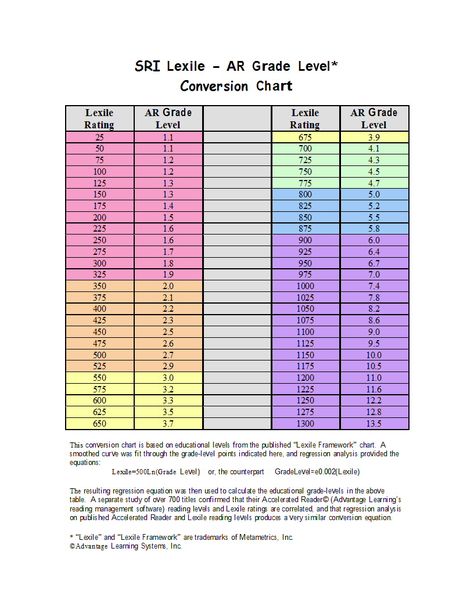 However, in some schools the reading level is checked at the end of each quarter or trimester.
However, in some schools the reading level is checked at the end of each quarter or trimester.
And again! I warn, I exhort - and all the same, the "lion's" part of the students and parents steps on the rake, from which I try to warn.
Understand, memorize, write down and repeat:
No need to speed read! That is, only five words per minute is not good, of course. Some reading speed is needed.
BUT: she, speed, appears as if by itself. The task of the child is simply to read without errors, without stammering or straying, not to swallow the endings and try to observe intonation.
Of course, we are guided by word standards. And yet, do not set the child to "run ahead of the locomotive." Repeat to him a hundred times: you just read and that's it. Everything!
If you have been reading every day for a year, if your child does not become discouraged when he sees the text, he will pass the reading technique.
The number of words read is not decisive.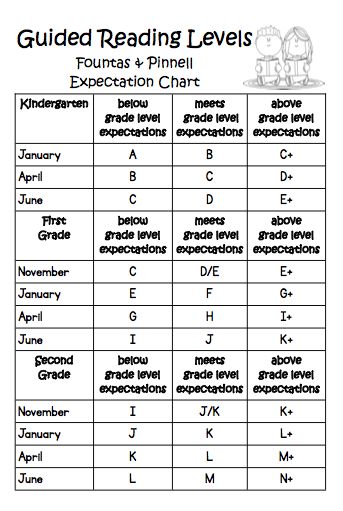
Well… I warned you. Conclusions are up to you, dear parents!
Reading speed test. Online simulator for developing reading speed and awareness skills in 2021!
Reading speed is an important indicator not only for schoolchildren, who regularly check it. It is very important for an adult person in the modern world to be able to navigate in huge flows of information. A reading speed test will help you determine your current level and see if you need to work on improving this skill or if you are reading fluently enough.
Contents
1. How to check reading speed?
2. How can I check my reading speed myself?
3. How to check a child's reading speed?
4. What reading speed is considered normal for adults and children?
5. How to choose the right text to test reading speed?
6. The book "Everything you wanted to know about speed reading, but were afraid to ask"
How to check reading speed?
The easiest way is to take a stopwatch (you can use the application on your phone), a text to check your reading speed and read it at a normal pace for one minute.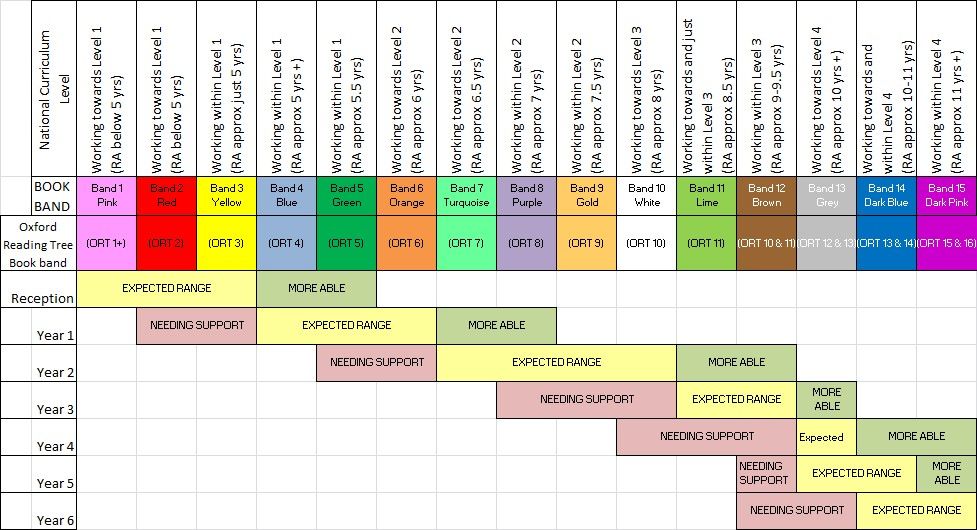 It is important that the text is non-technical, does not contain highly specialized terms and concepts, and is not familiar to the reader. The text should not be too primitive. The testee must see the text for the first time so that the results are not artificially inflated.
It is important that the text is non-technical, does not contain highly specialized terms and concepts, and is not familiar to the reader. The text should not be too primitive. The testee must see the text for the first time so that the results are not artificially inflated.
But what do you care about speed if you don't understand how consciously you absorb the text? :)
A much better way to find out your reading speed is to use a free online test. To do this, sit back, enter your name in the form above, press the button and you will immediately see the text that you need to read, slowly, trying to understand everything that is written.
When the entire text is read - click on the button at the very bottom. The program will automatically determine the reading speed and prompt you to answer a few questions to understand the degree of assimilation of the material. As a result of testing, you will receive not only the result of your reading speed and awareness, but also recommendations for improving your reading technique in the format of the book "Everything you wanted to know about speed reading, but were afraid to ask. " Enter a name. Click the button and find out your real reading speed. Have a good day.
" Enter a name. Click the button and find out your real reading speed. Have a good day.
How can I test my reading speed myself?
We have prepared for you a tool with which you can independently check the speed of reading. Our tool include a certain amount of text that you need to read as quickly as possible. You will then have the opportunity to answer a series of questions about the text, allowing the program to determine your level of understanding. Based on the data received, a result and a certificate are issued. This certificate can be shared with your friends on social networks and challenge them to a battle to test the speed and awareness of reading :).
If you want to do it yourself, you can do it according to the following scenario. A text of medium complexity is taken, located on one sheet. You will need an assistant who will keep track of the time and will be able to test the level of your understanding of the information. Check algorithm:
Simultaneously with the start command and the start of the stopwatch, you begin to silently read the text.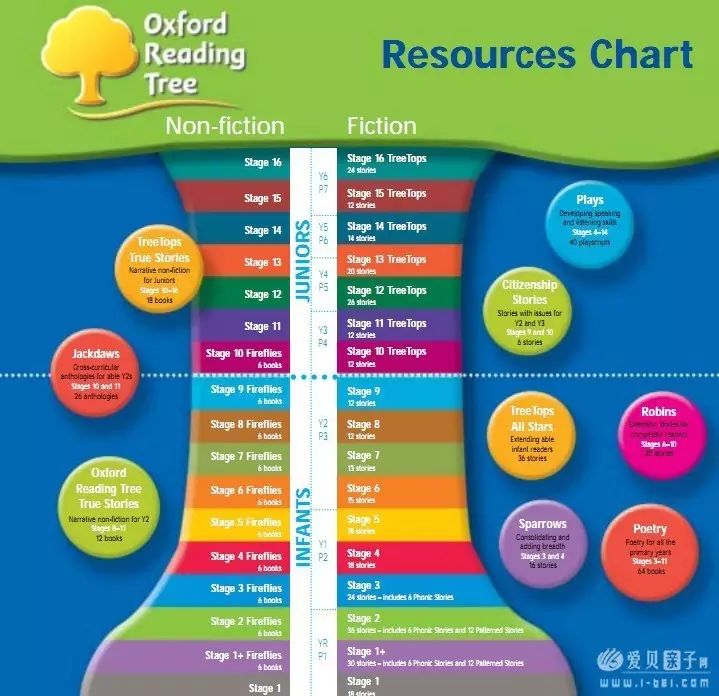
When the text is finished, you say stop - time stops.
Then you need to answer a few questions regarding the content (reading speed implies a full reading comprehension).
The last step is to count the words in the text and determine the average number of words per minute (words in the text can be counted before reading).
This is the certificate you can get based on the results of passing the test
How to check the reading speed of a child?
A child's reading speed can be tested in a similar way. The child should read aloud, at least in elementary school. Then you can switch to the usual way of checking for adults.
Schools often test reading technique by counting the number of words read per minute. This gives a small error, since words come in different sizes, but a similar verification method can also be used.
What reading speed is considered normal for adults and children?
The average reading speed for an adult is 200-230 words per minute. Below average, but an acceptable rate is 150-200 words per minute. Adults who read more than 230 words per minute are considered fast readers. For the speed reading technique, the optimal speed is 350-400 words per minute.
Below average, but an acceptable rate is 150-200 words per minute. Adults who read more than 230 words per minute are considered fast readers. For the speed reading technique, the optimal speed is 350-400 words per minute.
In children, the indicators are dynamic and change depending on age. Approximate norms used in elementary school:
20-30 words per minute for first grade;
45-60 words per minute for second grade;
70-85 words per minute for third grade;
90-125 wpm for fourth grade.
How to choose the right text to test reading speed?
The criteria for selecting text to test reading speed are identical for adults and children. The only difference is the volume and complexity of the information. The text must match the following parameters:
medium difficulty appropriate for age;
the absence of specific unfamiliar words or their minimum number;
no dialogs;
location on one page;
large, comfortable to read font;
lack of pictures and other distracting elements.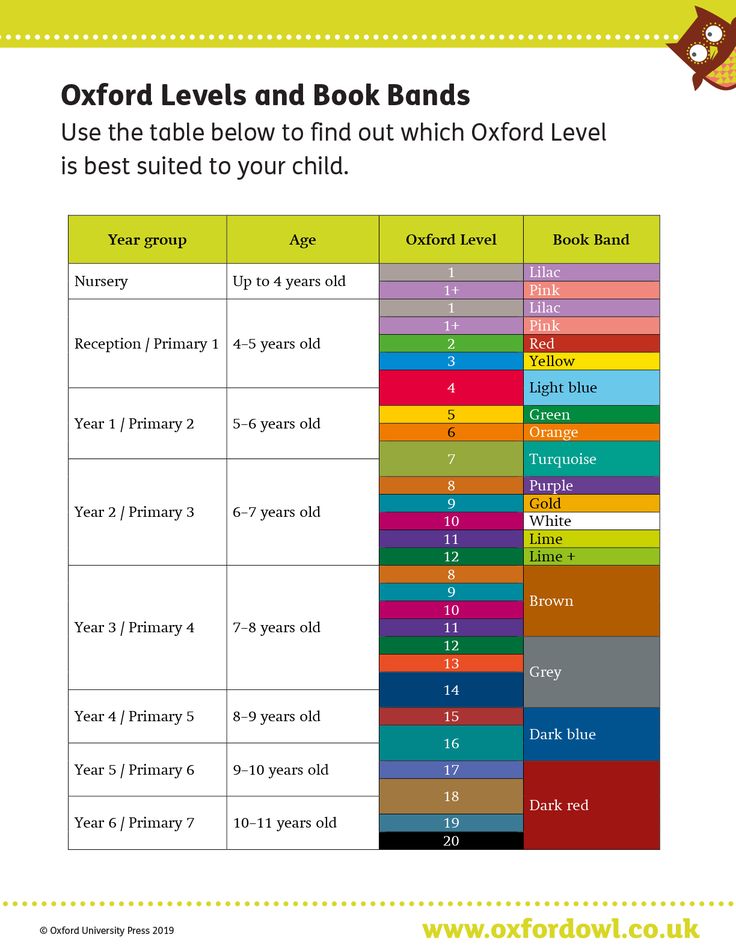
In our tool for testing reading speed and comprehension, we tried to take into account all these factors so that the resulting tool would be convenient for both adults and children. At the same time, he gave a fairly clear answer to the question about the real reading speed.
It should be remembered that reading speed is a variable parameter, which decreases if a person rarely sits down at a book, and increases with constant reading. There are many special techniques aimed at significantly increasing the speed of reading text information.
Everything you wanted to know about speed reading but were afraid to ask test. So don't waste a second,
go back to the very beginning of the page and go take the test!Reading speed test online is simple, convenient and fast
We have already written so much here about how to correctly measure your reading speed, achieve awareness and interpret the results, that every second of delay before you pass the online reading speed test and receive a personal certificate is just like death. Return to the very beginning of the page, enter your name in the field under the video and go to the enchanting world of unfamiliar texts and tricky questions :).
Return to the very beginning of the page, enter your name in the field under the video and go to the enchanting world of unfamiliar texts and tricky questions :).
📖 Reading speed Q&A section
📕 What formula is used to calculate reading speed?
If it’s very short, then the formula for calculating the reading speed is as follows: V = (Q / T) x K. This formula allows you to get a real figure for reading speed with a correlation to the coefficient of meaningfulness. You can read more about the formula in this article .
📗 What books do you recommend reading for developing speed reading?
We have compiled a list of the most useful books for the development of speed reading and posted it in a separate post on the blog. The list is constantly updated and gives an idea of the main books with which you can develop speed reading skills.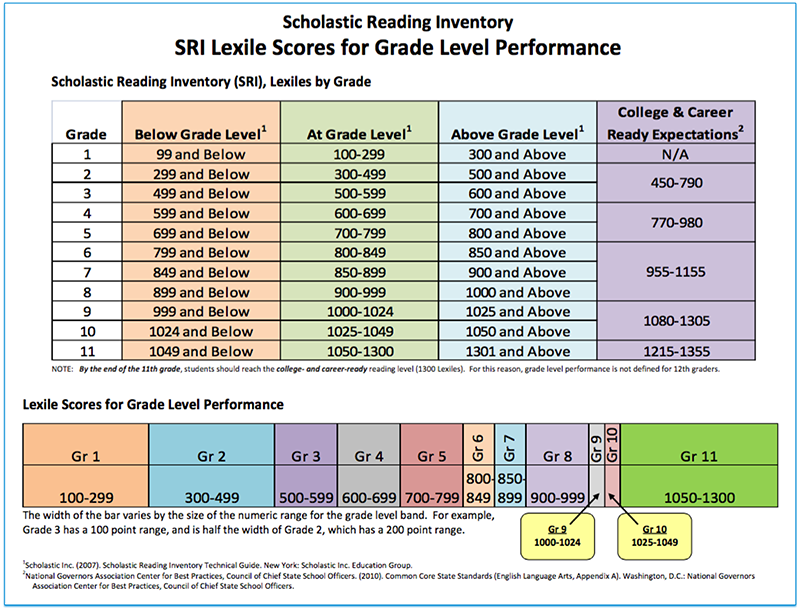
📘 What if I want to increase my reading speed?
You can start by studying the theory, or you can download our workbooks , which we have come up with especially for those who who wants to start learning speed reading. There are two of them: one notebook for adults, the second for children. Contains some theory and practical exercises designed for several weeks of regular classes.
📙 How to check a child's reading speed?
The reading speed test, which is located on our website, is suitable for both adults, as well as for children. We specifically tried to choose mostly literary texts that will be easy to read. to understand the child. Just go to the reading speed test page from the link above, enter child's name and start reading. Then the program will do everything for you.
📔 I want to check my reading speed online for free.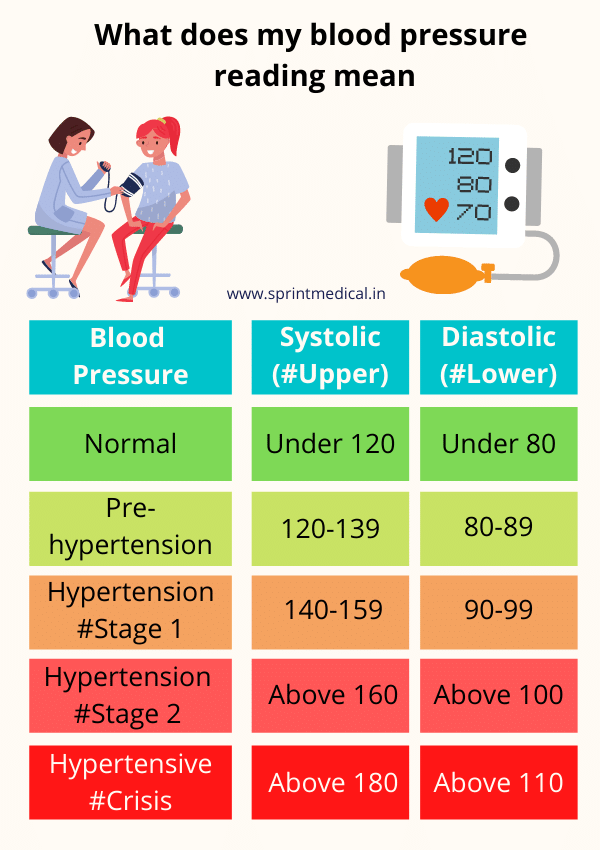
Learn more

